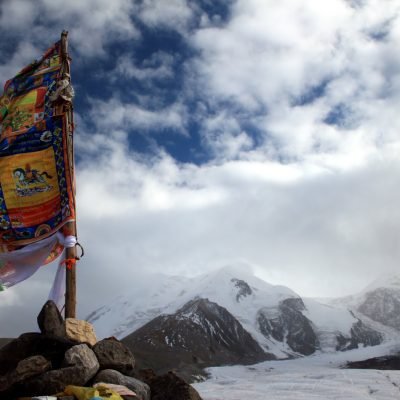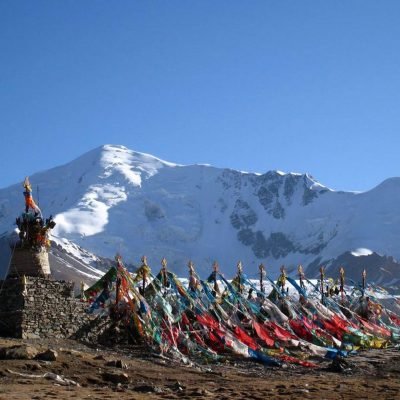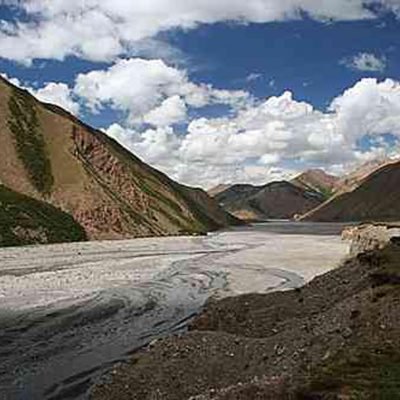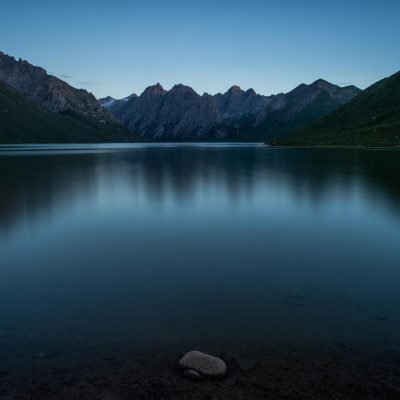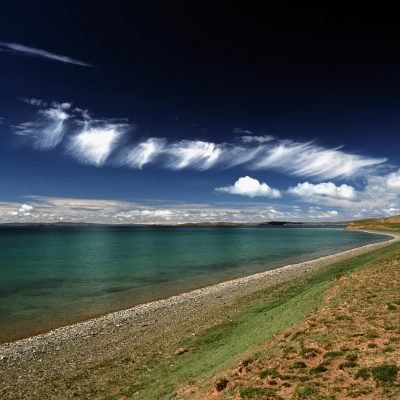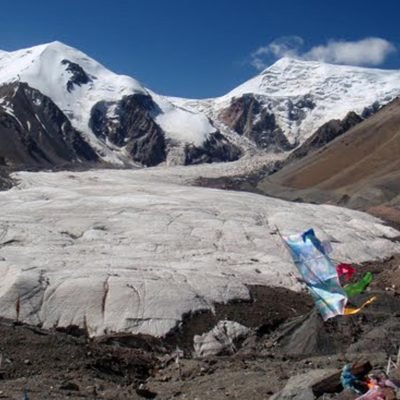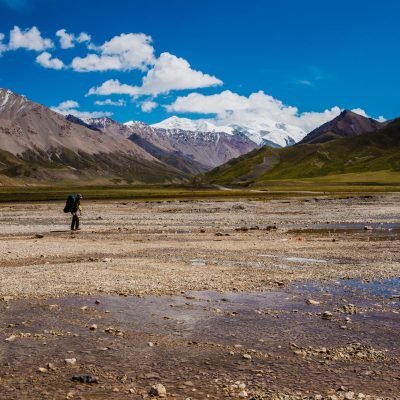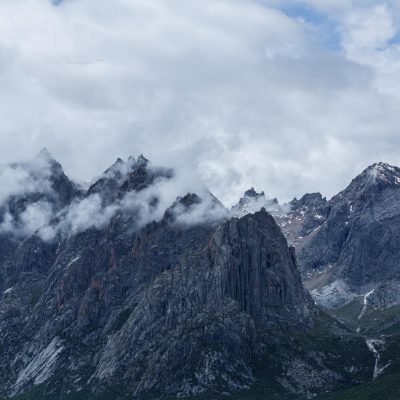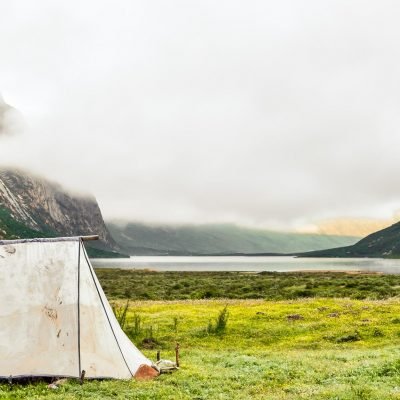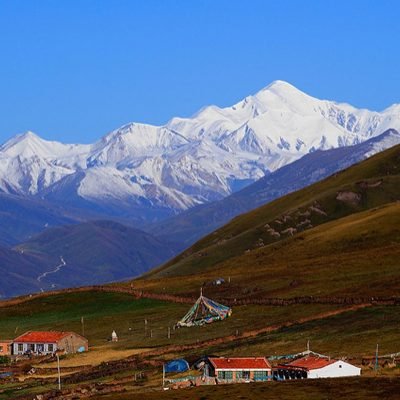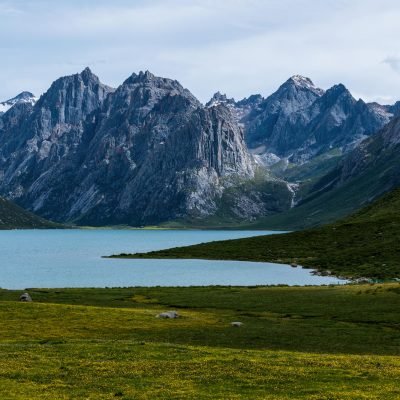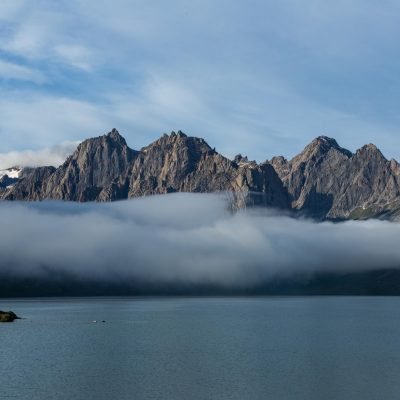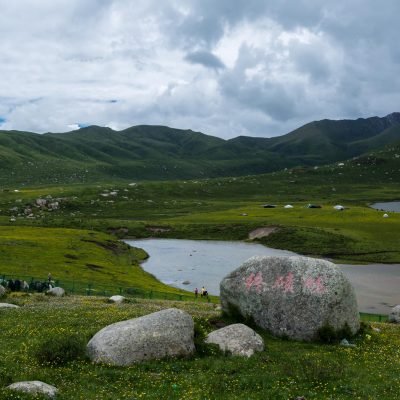Day 1 → Pickup from The Chengdu Airport (CTU) and transfer to Hotel.
Chengdu is the capital of Sichuan Province and is a city of 12 million people at 500 meters in elevation. Chengdu was first established in 311 BC and still carries much of this ancient influence as a place of cultural significance and a gateway to Tibet, bearing such nicknames as “City of the Hibiscus” and “City of the Turtle”.
In the the afternoon we will eat at a Tibetan restaurant in Chengdu’s Tibetan Quarter, or Little Lhasa. This area is located in the south-west of Chengdu, near the First Ring Road.
Day 2 → Chengdu - Barkam - 450km
After breakfast, we ascend from this city of 12 million onto the grasslands of the Tibetan Plateau in Barkam. 6-8 hours of driving total, but we will stop for pictures along the way.
Day 3 → Drive from Barkam to Ngawa - 200 km
Today we will drive for 5 hours to see the expansive, lush, beautiful grasslands, and the yaks that graze in them. During the drive we will stop at a nomad tent to enjoy local tea and Tibetan cuisine. While we are stopped we will have a chance to photograph the rolling grasslands that support thousands of horses, sheep, and yaks and this unique pastoral culture.
Sleep in hotel in Ngawa
Day 4 → Drive from Ngawa to Jigdril - 70km
In the morning we will take in the sights and smells of Ngawa town (called Aba in Chinese). We will start our journey in Sichuan province and then cross the border to Jigdril town in Qinghai province.
After a full day of visiting nomad areas and having lunch in a nomad tent, we will sleep in Jigdril town.
Day 5 → Jigdril - Nyenbo Yurtse
Nyenbo Yurtse is a largely undiscovered hidden gem of Tibetan Plateau. Its isolated location means that very few foreign travelers have experienced this amazing region. Nyenbo Yurtse is a sacred peak to the people of eastern Tibet because it is revered as the birthplace of the Golog Tibetan tribes. Altogether, there are 14 peaks here rising above 5000 meters/16,400 feet. The highest mountain at Nyenbo Yurtse looms above the nearby blue lakes at 5369 meters/17,615 feet. This mountain range is dominated by tall craggy, snow-covered peaks with numerous turquoise-colored lakes. We will hike 1-2 hours to visit one of these stunning lakes and have a picnic lunch here as we watch the wind wash the waves against the lakeshore.
We will return to a hotel near the mountain and sleep there.
Day 6 → Nyenbo Yurtse - Darai
As we travel across the Plateau for 5 hours we will stop at 2 small monasteries for insights into Tibetan Buddhism. In the afternoon we will arrive in Darai town, just 25 km from the monastery and a hub of nomad activity. From here you can see the pristine waters of the upper Yellow River. If you want to see traditional Tibetan clothes including the long robes and ornate coral and turquoise jewelry this is the place! We will spend the afternoon getting familiar with the town and exploring the delights of this well preserved nomad town.
Day 7 → Darai Taling monastery
Darai town is just 25 km from the main county monastery, Darai Taling. Darai Taling is a gorgeous monastery with more than 300 monks that is part of the Nyimapa Sect of Tibetan Buddhism.
Day 8 → Golog Machen
Machen is the capital of Golog Prefecture and is the biggest town of the Golog people, with a population of around 10,000 people. Just outside of town there is a temple with colorful prayer flags that covers an entire hill. We will hike through these flags to see a beautiful view of Machen town from the quiet space on top of the hill. We will sleep in a hotel in Machen.
Day 9 → Amnye Machen-Huashixia
Today will take us out of the nomad town of Machen to the highest and most beautiful mountain in all of Amdo Tibet, Amnye Machen.
The entire Amnye Machen range is an eastern extension of the Kunlun Mountains, a major mountain system of Asia. The Amnye Machen range runs in the general northwest-to-southeast direction in eastern Qinghai Province and the southwestern corner of Gansu Province.
The existence of the ridge results in one of the great bends of the Yellow River.
The Amnye Machen Peak (the highest point of the range) is located in Machen County of Golog Prefecture. Its elevation is 6,282 metres (20,605 ft). It is ranked number 23 in height among the mountain peaks of China. In 1929, botanist/explorer Joseph Rock traveled to the region and incorrectly measured the mountain at more than 9000 meters. For some time, Rock and few others mistakenly thought this was the tallest mountain in the world!
Amnye Machen may not be higher than Mount Everest, but it is nonetheless stunning! Here you can see pilgrims walking the holy kora around the mountain to achieve greater merit in Buddhism. Along the road to Huashixia we will stop to photograph the spectacular glacier that runs up the ridge to the main peak of Amnye Machen. This will most certainly be a highlight of our tour and will take your breath away as we stop on a high pass at 4,200 meters with colorful prayers flags at the base of the mountain.
After a long day of travel through the rugged, high altitude mountains we will sleep in the small town of Huashixia in a very basic hotel.
Day 10 → Huashixia - Maduo, 200km
Huashixia sits at 4050m / 13,284 feet. Huashixia is a small town with not a lot to do, but it serves as a good place to stay the night and get a good meal. Accommodation is limited to inexpensive guesthouses. We will travel from this place through the barren, windswept grasslands to Maduo, the highest nomad town in Amdo at 4,272 meters that can see snow any day of the year. The area around Maduo town has an annual mean temperature of -4 Celcius and the ecosystem there bears the imprint of glaciation with U-shaped valleys and large moraines. On the journey we stand a good chance to stop and see Tibetan Wild Asses galloping though the high grasses of the rugged plateau plains. Fortunately we will have already spent 10 days acclimatizing to this elevation.
Day 11 → Maduo-Ngoring Lake/Yellow River Source Area-Maduo
Travel 110km from Maduo to Ngoring Lake. This expansive blue alpine lake is one of the most beautiful and one of the most unknown lakes in Tibet. The road from Maduo to the lake is rough and in bad condition but we can stop often to spot the wildlife that survives at these high conditions including Wild Ass, Tibetan Antelope, and the rare, flat-faced Tibetan Fox. Though it is only 110km, it takes 4 or 5 hours to reach. Ngoring Lake and the lake next to it, Kyaring Lake, are two of the main lakes that are considered to be the source of the Yellow River. The Yellow River is the second longest in China with a total length of over 5400kms /3400 miles. From it's source all the way through the Tibetan Plateau, the Yellow River area is stunning. It offers everything from high snow-capped mountains, to grasslands filled with yaks to farmlands. The Tibetan culture in this area is some of the best preserved in all of Tibet.
These lakes, Ngoring Lake and Kyaring Lake, also offer important lessons in Tibetan history as the home to the wife of King Gesar, a great warrior king of Tibet.
The remote temple of Tsowar Kartse Dokha is found near the western shore of Ngoring Lake at 4,300m. It has many stupas and huge stacks of hand carved Tibetan scriptures made from stone, called mani stones. Even in this remote location, it is possible to see some Tibetan pilgrims and worshippers here who have made a long and difficult journey to these holy places.
After a long, satisfying day out in the open, untouched plains at the source of the Yellow River, we will head back to the town of Maduo to warm up with a good, hot meal and a nice hotel and a shower.
Day 12 → Maduo - Chapcha
Depart Maduo in the morning to drive through the town of Chapcha, a lively Tibetan town that is the gateway to the shores of Qinghai Lake, the pride and namesake of Qinghai Province. In all we will be on the road about 5 hours as we start to descend in elevation from Maduo to 2,862 meters/9,391 feet .
Sleep in a hotel in Chapcha
Day 13 → Qinghai Lake - Xining
In the morning, we will visit the shores of Qinghai Lake - a massive lake that stretches over 100km in width from east to west. Qinghai Lake is the largest lake in China (although it feels more like an ocean) and as such is a great way to find the very middle of China’s huge land mass because it appears readily from space on every modern map. It is a high altitude salt lake seated at 3,205 m (10,515 feet) and is home to nomads who herd yaks and sheep in the wild, barren grasslands arounds its icy banks. It is a brilliant turquoise color - especially against the dry, brown mountains that surround its southern edge.
This will make for an excellent last full day on the Tibetan Plateau. From here we will drive 230km to Xining, the capital of Qinghai Province at an elevation of 2,500 meters. Xining has a population of 2.5 million and, like Chengdu, is considered a gateway to the Tibetan Plateau.
Day 14 → Xining airport and end tour
After a great journey together we will say our goodbyes at the Xining airport.
